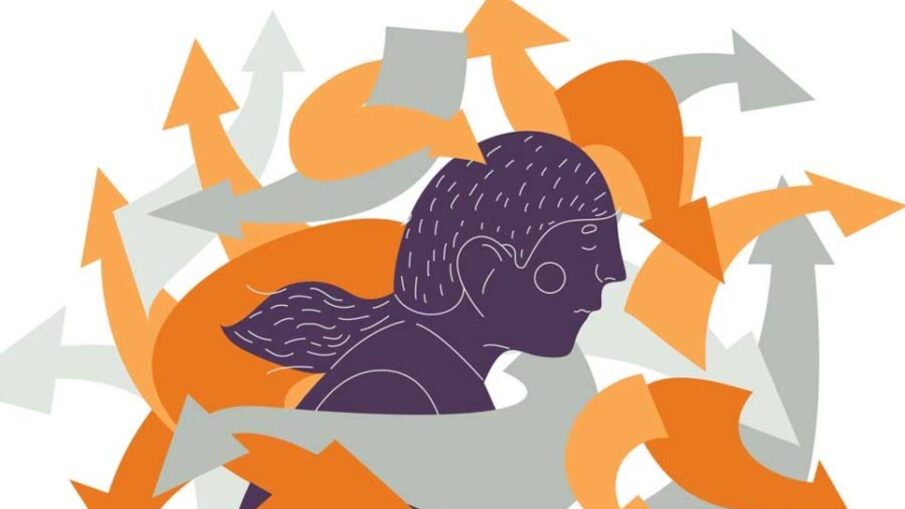ADHD is one of the most common neuro developmental disorders of childhood. It is usually first diagnosed in childhood and often lasts into adulthood. ADHD stands for attention deficit hyperactivity disorder which is a brain disorder that affects how you pay attention, sit still, and control your behavior.Boys are more likely to have it than girls and this is m usually spotted during the early school years, when a child begins to have problems paying attention.
Symptoms include; impulsiveness, poor planning, Disorganization and problems prioritizing, Frequent mood swings and many more.
Types of ADHD
According to an article by Cleveland Clinic published on the 22nd of February, 2023, There are four different ways ADHD can present itself, which are;
Predominantly inattentive presentation
Children with this presentation have inattentive ADHD only. This type is often called attention-deficit disorder (ADD). Children with inattentive presentation mainly have difficulty focusing, organizing and staying on track, and have fewer hyperactivity/impulsivity symptoms.
Predominantly hyperactive-impulsive presentation
Children with this presentation show issues with hyperactivity and impulsivity and may show less obvious trouble with paying attention. Hyperactivity means they may fidget, can’t sit still, have a lot of excess energy and are extremely talkative. Impulsivity means they may interrupt others and act without thinking it through first. This is the least common type and typically affects younger children.
Combined presentation
Children with this presentation show at least six symptoms from both of the other types. Symptoms of inattentiveness and hyperactivity-impulsivity present equally. This type is what people most commonly associate with ADHD.
Unspecified presentation
In these cases, symptoms may be so severe that children clearly demonstrate dysfunction but don’t meet official symptom criteria for a diagnosis of ADHD inattentive, hyperactive/impulsive or combined type. In such cases, providers assign “unspecified ADHD” as the diagnosis.
Finally, If any of the symptoms and types of ADHD mentioned earlier continually disrupt your life, talk to your doctor about it.



